In the first two parts of my 2020 SHOT Show After Action Report, I have waxed poetic about the latest precision rimfire rifles fresh. While there are plenty of other new rimfire firearms to discuss, I am going to give the readers a break and discuss optics.
There was one optic product that was announced right before SHOT that excited me, even with the insane price tag. That product is the Trijicon Ventus.
For those who haven’t been paying attention to social media, Trijicon debuted the Ventus rangefinder a couple weeks prior to SHOT and what makes it so special is that it is not just a laser rangefinder, but also a downrange wind reader. It will read the wind between the operator and a point 500 yards away all within a portable handheld unit.
The Ventus technology relies doppler lidar utilizing multiple lasers which reflect off dust particles in the air. When the laser beams are disturbed by the particles, that change in wavelength is read by the Ventus and it then calculates the wind speed based on the shifts. It will do this a multiple points between the optic and the object being lased (up to 500 yards).
The 500 yard limitation for the wind reading capabilities is mainly due to form factor. A Trijicon representative indicated they had one prototype that could read wind out to 1000 yards, but the size of the sensor for reading the returning laser lightwaves resulted in the unit being significantly bigger. The goal of the Trijicon Ventus is to provide laser rangfinder and downrange wind reading capabilities in a handheld unit.
The Ventus will also measure distances out to 5000 yards.
These measuring capabilities then tie into the Bluetooth connectivity of the Ventus with either iOS or Android apps with a ballistics calculator. The Ventus will then provide a firing solution not just for drop, but also for wind drift.
All of this does come at a cost with an unofficial / estimated price of $9000 USD. This is definitely outside the realm of the average consumer end user, but this technology definitely has military and professional applications. Most consumers are going to disregard the Ventus as overpriced, but based on what is currently out there for this type of product, this is a justified price.
But this is also the starting point for making down range wind reading technology more accessible. I can only imagine that as technology improves, so will the costs decrease.
I would have loved to try the Trijicon Ventus out on the range. I asked the Trijicon representative that was assisting me at the booth if there would be some sort of demo events, and he did indicate Trijicon was considering some type of road show where they would go around the country to allow people to try out the Ventus.
Trijicon also refreshed their magnified rifle scope lineup. There were several new offerings, but what intrigued me the most is the Trijicon Ten Mile series, most notably the First Focal Plane (FFP) offerings in the form of a 3-18×44 (30mm tube) and 4.5-30×56 (34mm tube).
The 3-18×44 parallax adjusts from 15 yards to infinity and the 4.5-30×56 parallax adjusts from 20 yards to infinity. It appears the 3-18×44 is only available in MRAD, while the 4.5-30×56 can in either MOA or MRAD, and also with a SFP reticle.
I didn’t get a good look at the Zero stop mechanism, but the Ten Mile scopes do have one.
The MSRP for the aformentioned scopes are $2199 and $2675, respectively, for the MRAD versions. But Brownells has the Trijicon Ten Mile 4.5-30×56 MRAD FFP priced at $2199 (in-stock as I write this). It could be a price mistake since Midway has the same scope at $2399. The FFP Trijicon Ten Mile scopes look quite interesting and are priced to compete directly against the Vortex Optics Razor Gen 2 and the Nightforce NX8 lines.
Time will tell if the new Trijicon Ten Mile FFP scopes will make headway in the tactical precision rifle community.
Speaking of Vortex Optics, there was nothing really new except the Razor Gen III 1-10×24 FFP (EBR-9 Reticle) which was announced several weeks prior to 2020 SHOT.
The Razor Gen III gets more magnification than the prior 1-6x in the Razor Gen II (and II-E) in the same rugged form factor. The Razor Gen III 1-10×24 FFP has an MSRP of $2899 USD, but the street price is $1999 at reputable retailers. It is priced slightly higher than the Nightforce Optics NX8 1-8x24mm and lower than the Nightforce Optics ATACR F1 1-8x24mm. Given the EBR-9 reticle and the Vortex Optics Razor quality reputation, I feel like this will be the better choice than the Nightforce NX8 and gives the tactical rifle (AR-15) shooter a great flexible optic.
While Vortex Optics seems a bit stagnant right now, Athlon Optics is continuing to update and improve their product lines. Athlon has become a significant player in the budget optics realm as more people discover their scopes. As I use my Vortex Optics Viper PST Gen 2 5-25x50mm MRAD more often, it continues to fall out of favor with me. I know the bottom end of the elevation turret has a skipping tooth and the zero stop is still not ideal.
With that, Athlon Optics released the new BTR Gen 2 4.5-27×50 APLR3 FFP IR MIL HD a few months prior to SHOT Show 2020.
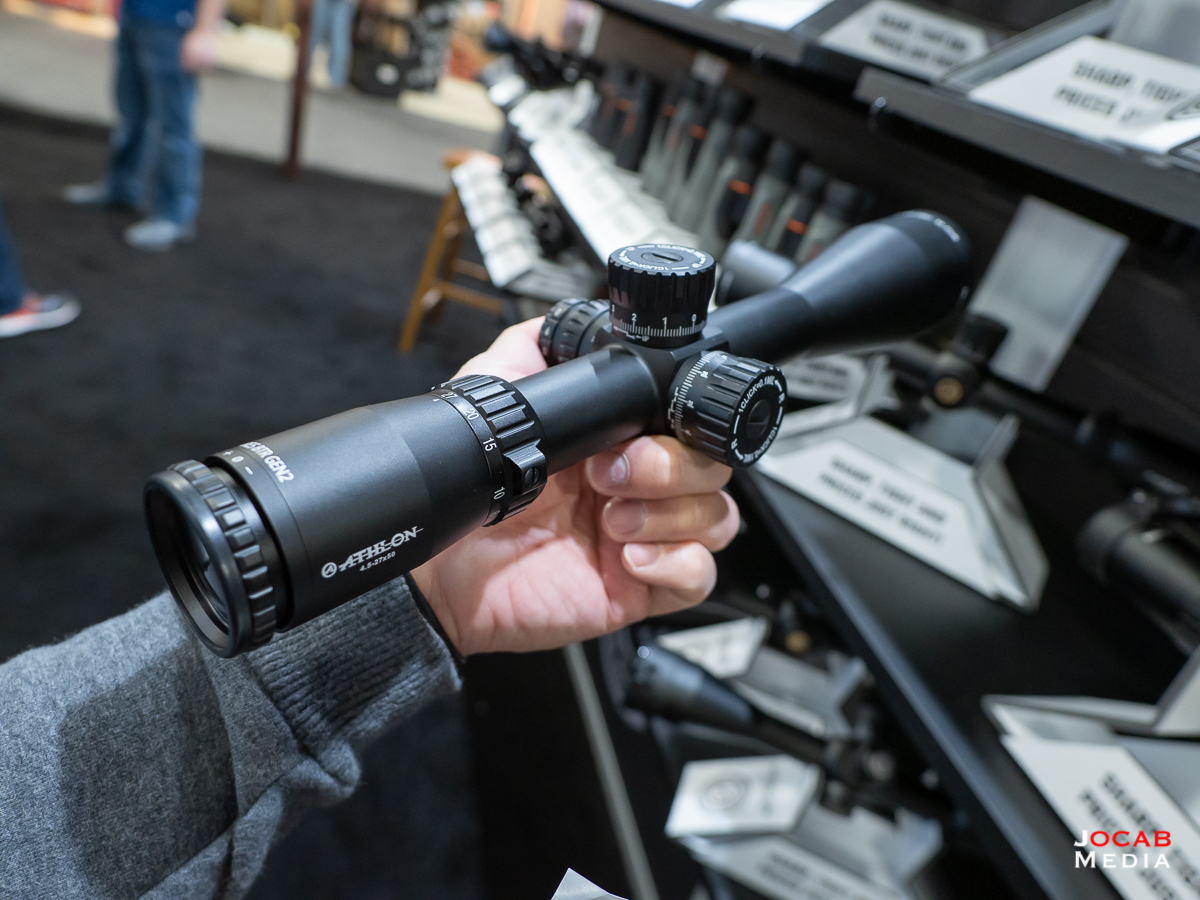
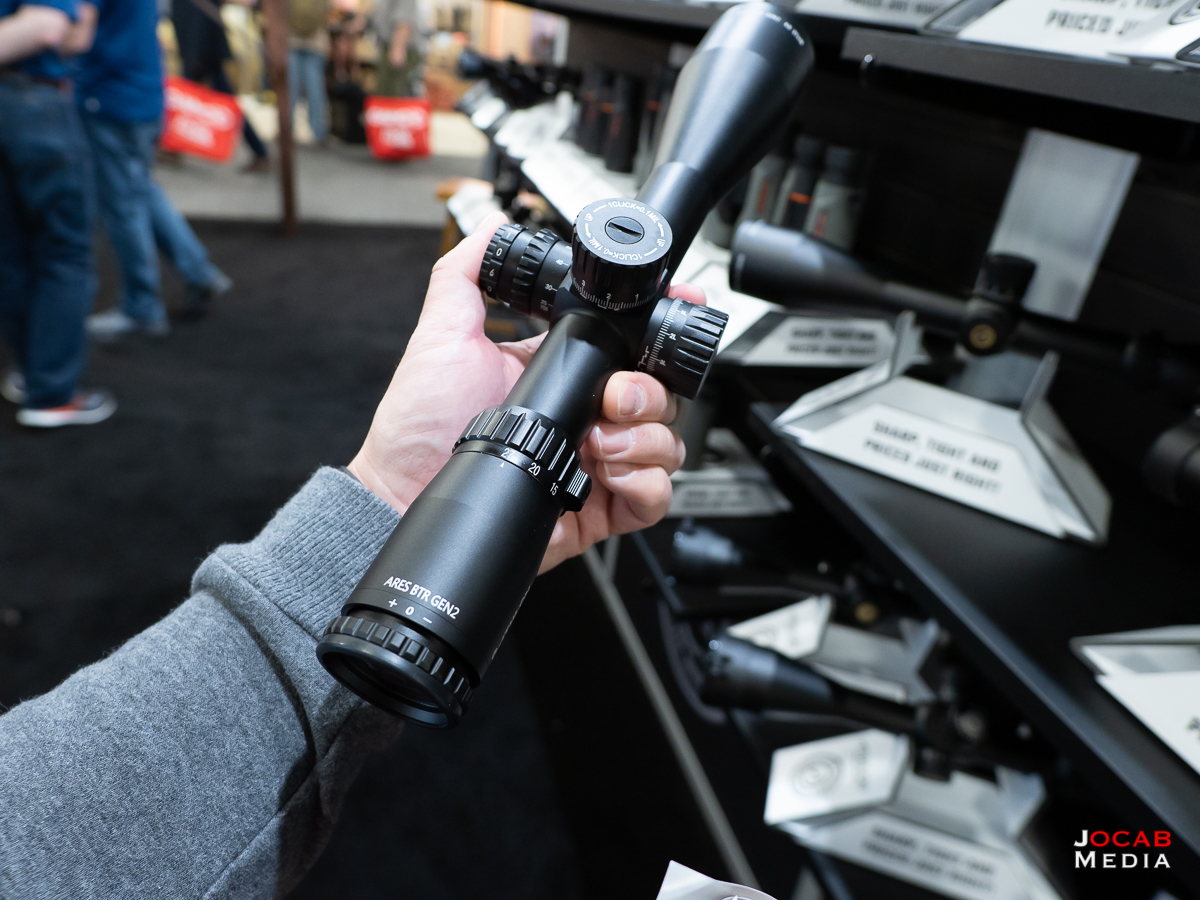
This scope is what I consider a direct competitor to the Vortex Optics Viper PST Gen 2 5-25×50. With a 30mm tube, FFP illuminated tree reticle, and minimum parallax of 25 yards, it has similar features to the Viper PST Gen 2 5-25×50. Not to mention the zero stop appears to be a little more efficient than what is found on the Viper PST Gen 2.
The turrets have loud tactile clicks and from the word of mouth, the glass is on par with the Vortex Optics counterparts across the Athlon lineup.
The MSRP of the Athlon Optics BTR Gen 2 4.5-27×50 is $1062.49 USD, but I found major retailers selling it for $850. As a Vortex Optics Viper PST Gen 2 owner, I would actually recommend that other shooters consider the Athlon Optics BTR Gen 2 over the Viper PST Gen 2.
Leica is a company well-known for their cameras, lenses, and laser rangefinders. But in terms of rifle scopes, Leica is not thought of at all even though they have a few rifle scopes oriented towards hunting.
Making the foray into tactical / competition, Leica has a new sport optic scope dubbed the Leica PRS 5-30x56i.
As the name implies, it was designed with Precision Rifle Shooting (tactical competition) rifle shooting in mind, with a 5-30 magnification range, a 56mm objective, and a 34mm tube.
This scope offers 32 MILS of elevation adjustment with a First Focal Plane (FFP) reticle. There are three reticles available, an illuminated tree reticle dubbed the L-PRB, an illuminated crosshair reticle with hash marks dubbed the L-Ballistic, and a traditional crosshair reticle with an illuminated dot dubbed the L-4a.
Note that the L-PRB reticle is named after the Precision Rifle Blog, who came up with the design inspired the reticle used in the Leica PRS scope.
The Leica PRS boasts a tool-less zero stop mechanism with 10 MILS per revolution and a minimum parallax of 20 meters.
The MSRP is $2699 USD which puts the Leica PRS 5-30x56i into an interesting position. The Leica PRS is going to be a high quality scope with European (German) glass backed by Leica quality control and reputation. This can put pressure on European competitors like Swarovski / Kahles and Schmidt and Bender in the competition and tactical segment.
Leica also introduced an updated rangefinder in the form of the Leica Rangemaster CRF 3500.COM, which continues the line of highly regarded Leica CRF series rangefinders.
The improved technology increases the ranging distance to 3500 yards and the unit will interface with a Kestrel 5700 Elite with Applied Ballistics over Bluetooth. The Leica Rangemaster CRF 3500.COM has an MSRP of $1199. For comparison, the next competing rangefinder with Kestrel 5700 compatibility is the KILO2400BDX 7x25mm which carries an MSRP of $1039.99 USD, but can be found at reputable retailers for $799 USD. Leica tends to have better reputation than the SIG KILO line of rangefinders in terms of accuracy.
To close out 2020 SHOT Show After Action Report – Part 3, I wanted to mention how while I was walking the SHOT Show floor, I did encounter the Last Line of Defense (LLOD) Tacoma at the Pelican booth.
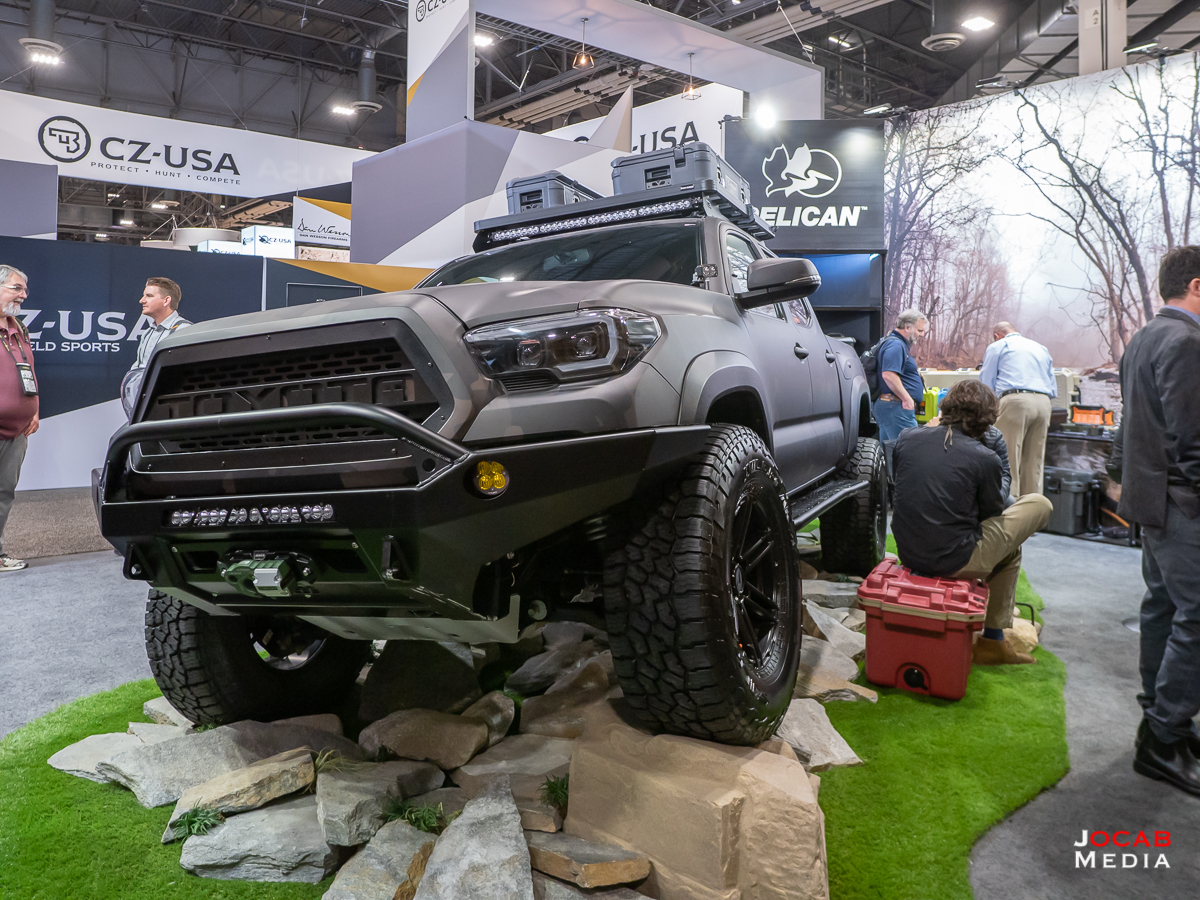
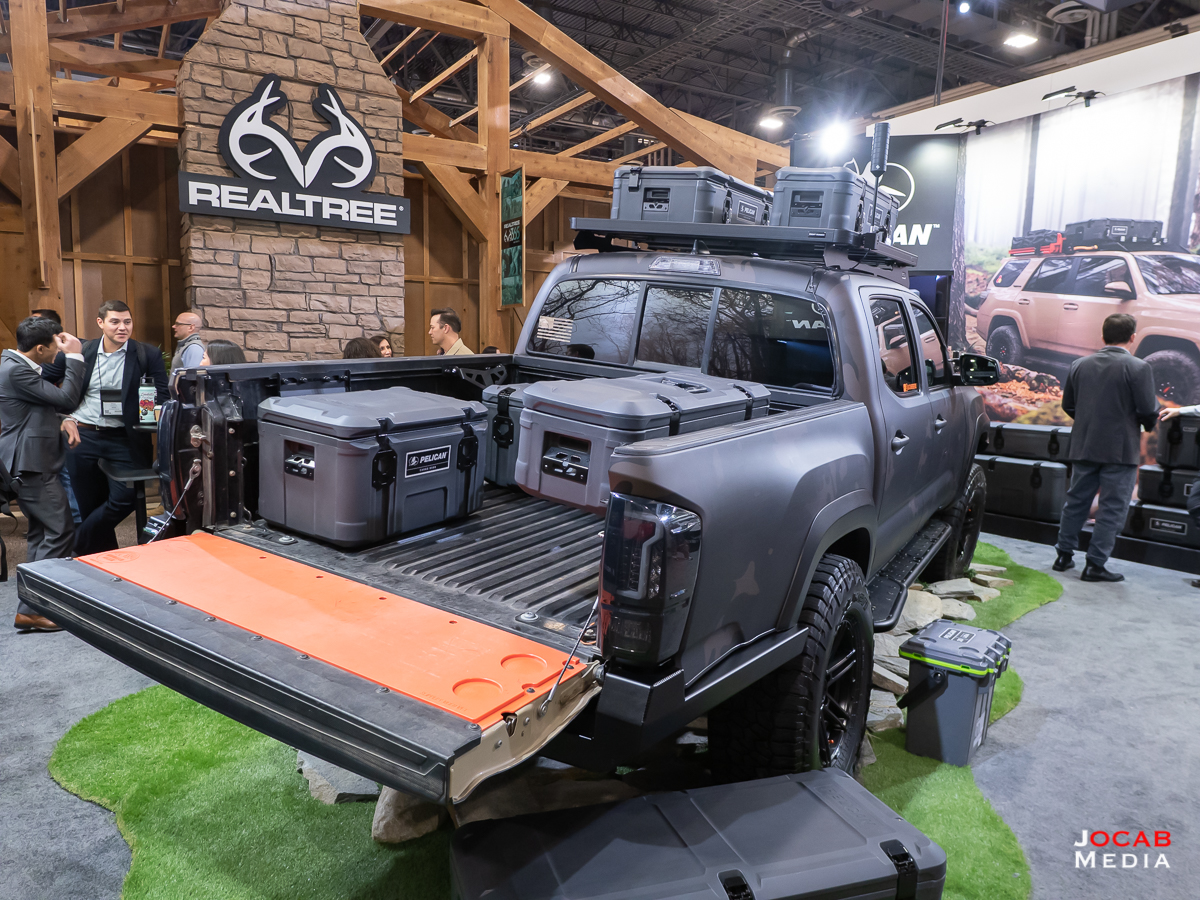
For those unfamiliar with LLOD, it is a firearms and outdoors lifestyle brand run by Mike Pfeiffer. I subscribe to LLOD on Youtube because his videos on gear and overlanding are interesting. Anyway, his truck was used to show off Pelican’s vehicle mounting options in a nice mock up display.
Look for Part 4 of my 2020 SHOT Show After Action Report in the next day or two. Refer to 2020 SHOT Show After Action Report – Part 0 for the index of all parts in my 2020 SHOT Show AAR series.
Here’s another reward for anyone that read to the very end of Part 3:
- 15% off and free shipping within USA only on kestrelmeters.com and kestrelballistics.com – KB15SHOT20
The above code expires on February 29, 2020.

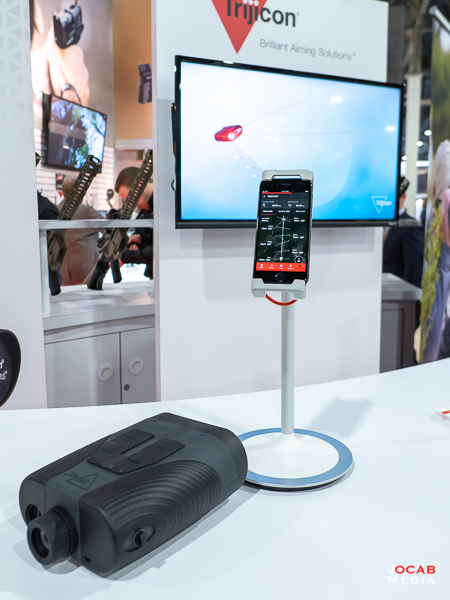
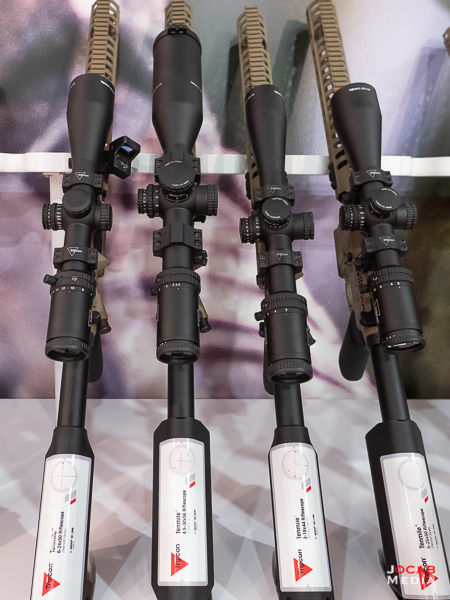
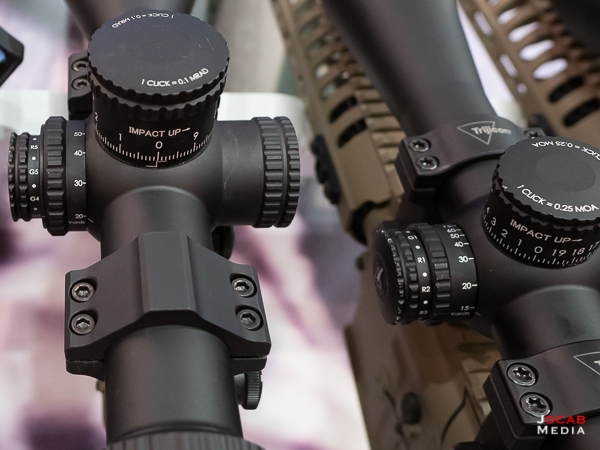
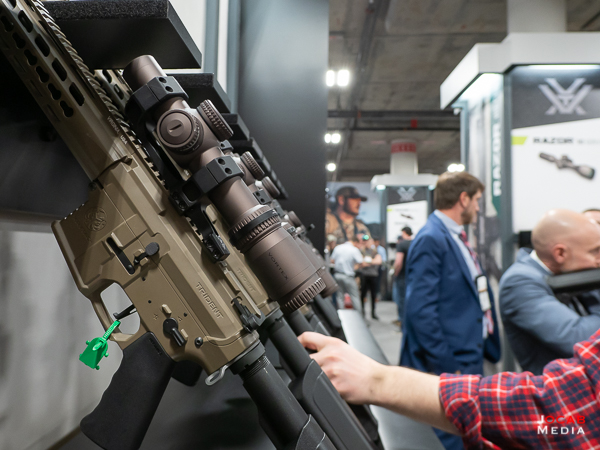
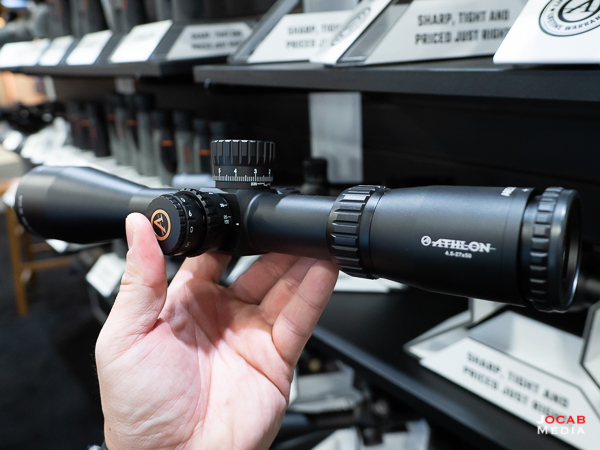
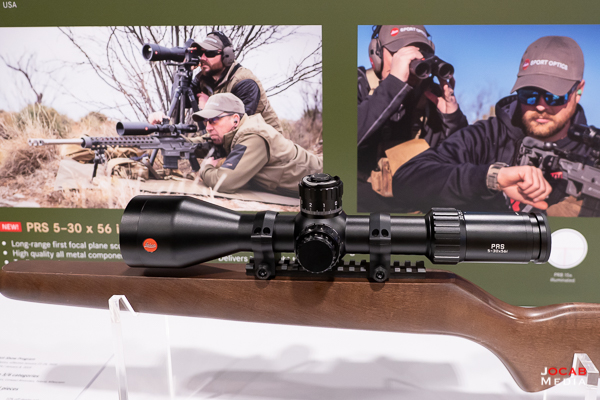
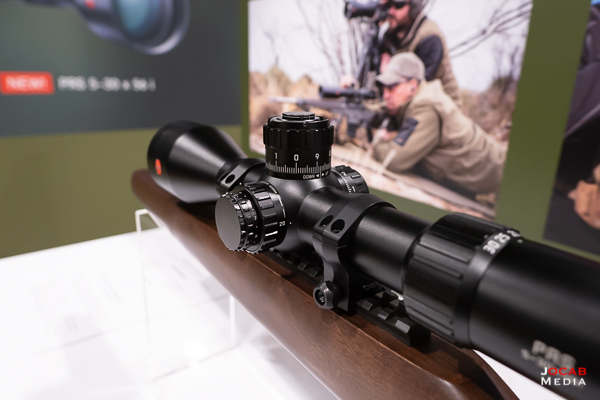
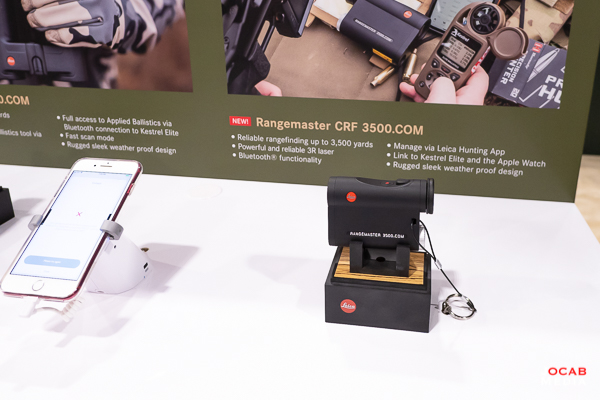
2020 SHOT Show After Action Report – Part 0 – ocabj.net
[…] 2020 SHOT Show After Action Report – Part 3 (published 2020-01-25 @ 0700) […]
2020 SHOT Show After Action Report – Part 4 – ocabj.net
[…] Kahles did have one new scope offering in the form of the K18i. The K18i follows the standard Kahles naming conventions, meaning that the K18i is a 1-8x magnification scope (24mm tube). It is a Second Focal Plane (SFP) with two reticle offerings (3GR and IPSC). This scope was designed for 3-gun and IPSC competition, so it is a very niche scope. On a defensive / tactical platform, I think more people will be inclined to go with something like the Vortex Optics Razor HD Gen 3 1-10x that I mentioned in Part 3. […]
Jakob
I’ve seen lots of reviews of the Leica PRS – mostly of the reticle and the “tool less zeroing”, which to me mostly is a marketing gimmick to create a unique selling point and set the agenda for reviews. However, I cannot find a serious test of tracking error (like the comparative test PRB did a few years ago). Anybody out there know how the scope tracks?